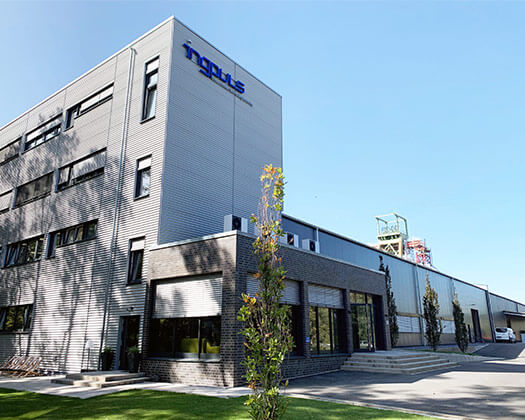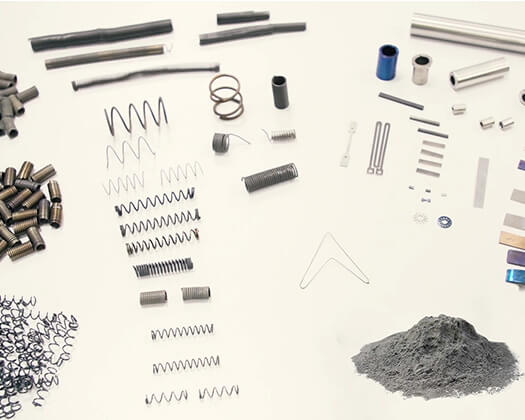The innovation-driven consumer electronics industry relies on progress and innovation while seeking cost effective alternatives, which is why the use of shape memory alloys (SMA) is particularly suitable in consumer electronics.
Use of shape memory alloys in consumer electronics
Shape memory alloys (SMA) serve the trend of miniaturized hardware components of consumer electronics and offer numerous advantages for motor tasks and novel assembly techniques for smartphones for example.
Why shape memory alloys in consumer electronics?
More and more demands are being placed on the functions of consumer electronics, while at the same time smaller and more cost effective solutions are being sought. Shape memory alloys (SMA) can combine these challenges for consumer electronics. Elements made of shape memory alloys (SMA) are capable of applying large forces in the smallest dimensions. At the same time, the use of shape memory alloys (SMA) for switching operations is possible with minimal installation space and low energy consumption. Shape memory alloys (SMA) are not only ideal for switching operations, they also achieve unique advantages and process improvements in connection and assembly technology.
Application examples in consumer electronics
Shape memory alloys (SMA) are used in a variety of applications in consumer electronics. These include, for example, miniaturized switching processes and optimized assembly technology. In consumer electronics, individual solutions based on shape memory alloys (SMA) ensure both functional integration and application-related and pinpoint integration with reduced complexity.






